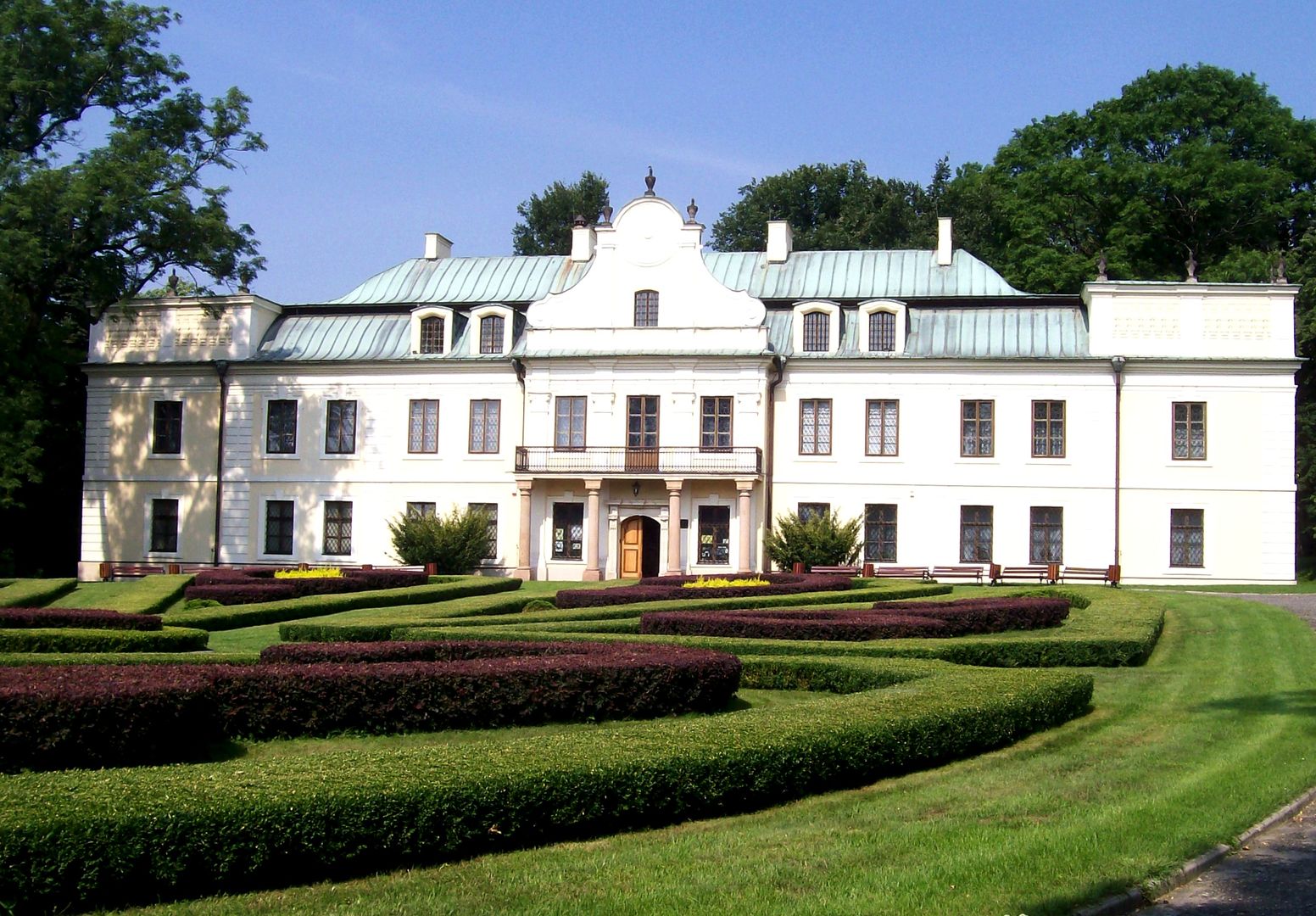Gzichów
6.14

Overview
Zamkowe Housing Estate, located in the eastern part of Gzichów, was built in the 1980s on the site of a former farm. Dominated by four-story buildings, it is considered one of the most beautiful housing estates in Poland, designed by Ryszard Duda. Residents have divided the estate into three stages: "Upper," "Lower," and "New," depending on the construction dates. In 2010, construction began on the "Zamkowe Ogrody" apartment complex, highlighting the continuous development of this district.
Gzichów, whose history dates back to before 1637, was initially part of the village of Małobądz. In the 17th century, it developed as an agricultural area, and in the 18th century, it gained significance thanks to the Mieroszewski family. Their influence on Gzichów led to the construction of a manor, which became the central point of the settlement. The operation of mills, breweries, and industrial plants in the 19th century contributed to the community's development. In 1867, Gzichów became the seat of the municipality, and after World War I, it was incorporated into Będzin.
Today, Gzichów is characterized by post-war development, particularly apartment blocks and single-family homes, as well as new housing investments. It is worth noting that the district is home to numerous cultural and educational institutions, such as the Mieroszewski Palace, which serves as the Museum of Zagłębie, and the parish church of St. Hedwig of Silesia. An important feature of Gzichów is the Małpi Gaj park and ecological projects like the Brzozowica Stream Valley.
An interesting aspect of Gzichów is its historical ties to industry, including remnants of the "Brzozowica" open-pit coal mine, which supplied raw materials to the Łagisza Power Plant. Contemporary social life in Gzichów revolves around local initiatives and new investments aimed at developing the area and improving the quality of life for its residents.
Location
2025 Wizytor | All Rights Reserved